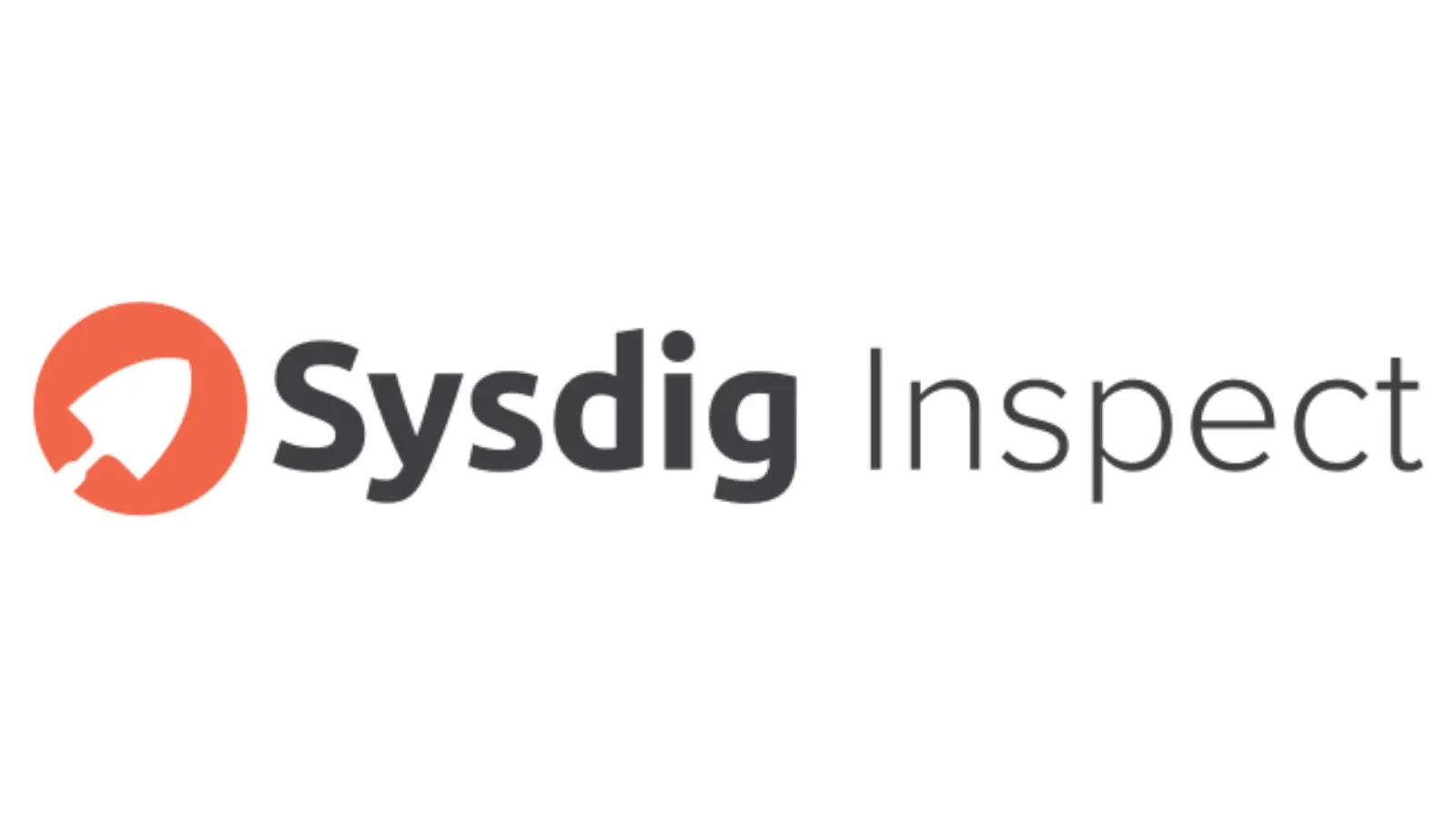In today’s digital age, online businesses are becoming increasingly vulnerable to fraud. With the rise of e-commerce, cybercriminals have found new ways to exploit vulnerabilities in payment systems and steal sensitive information from unsuspecting customers.
As an online business owner, it is your responsibility to protect your customers’ data and prevent fraudulent activities on your platform. This is where e-commerce fraud prevention software comes into play.
What Is E-commerce Fraud Prevention Software?
E-commerce fraud prevention software is a set of tools designed to detect and prevent fraudulent transactions on e-commerce platforms. These tools use advanced algorithms and machine learning techniques to analyze customer behavior patterns, identify suspicious activities, and block fraudulent transactions before they occur.
This software is essential for e-commerce businesses as it helps them protect their revenue and reputation. Fraudulent transactions can result in chargebacks, which not only lead to financial losses but also damage the brand’s credibility. By using fraud prevention software, businesses can reduce the risk of fraudulent activities and ensure a secure shopping experience for their customers. Additionally, this software provides real-time alerts when suspicious activities are detected, allowing merchants to take immediate action and prevent potential losses. Overall, investing in e-commerce fraud prevention software is crucial for any business that wants to maintain a trustworthy online presence while protecting its bottom line.
Why Do You Need E-commerce Fraud Prevention Software?
The consequences of falling victim to e-commerce fraud can be devastating for any business. Not only does it result in financial losses but also damages the reputation of the company. Customers who fall prey to such scams will lose faith in your ability as a trustworthy seller.
To prevent e-commerce fraud, businesses need to implement effective measures that can detect and prevent fraudulent activities. One such measure is the use of e-commerce fraud prevention software. This software helps in identifying suspicious transactions, verifying customer information, and flagging potential fraudulent activities before they occur. By using this type of software, businesses can protect themselves from financial losses and safeguard their reputation as a trusted seller. Additionally, it provides customers with peace of mind knowing that their personal information is being protected against malicious attacks or unauthorized access by cybercriminals. In today’s digital age where online shopping has become increasingly popular, investing in e-commerce fraud prevention software should be a top priority for any business looking to secure its future success.
By investing in e-commerce fraud prevention software you can:
- Protect Your Business From Financial Losses – Preventing fraudulent transactions saves money that would otherwise go towards refunds or chargebacks.
- Safeguard Customer Data – By preventing unauthorized access or theft of sensitive information like credit card details.
- Build Trust with Customers – When people see that you take their security seriously by using anti-fraud measures they feel more confident about buying from you again
- Comply with Industry Standards – Most industries require companies handling sensitive data (e.g., medical records or financial information), including e-commerce sites selling products/services worldwide must comply with PCI DSS standards which mandate certain levels of protection against cyber threats
Types Of Ecommerce Fraud Prevention Software
There are different types of anti-fraud solutions available depending on what level of protection is needed:
- Manual Review Solutions- this type requires human intervention when a transaction is flagged as suspicious. A team of experts will then review the transaction and decide whether to approve or reject it.
- Rules-Based Solutions – This type uses predefined rules set by the merchant to identify fraudulent transactions automatically. These rules are based on factors like location, time of day, purchase amount, etc.
- Machine Learning-Based Solutions- this type learns from past data patterns and continuously improves its ability to detect fraud.
Each type of anti-fraud solution has its own strengths and weaknesses. Manual review solutions are highly effective but can be time-consuming and expensive, especially for larger merchants with high transaction volumes. Rules-based solutions offer a more automated approach but may not catch all instances of fraud if the rules aren’t set up correctly or the fraudsters find ways to bypass them. Machine learning-based solutions provide the most advanced level of protection as they continuously learn from new data patterns and adapt their algorithms accordingly, making them highly effective at catching even sophisticated types of fraud. Ultimately, it’s essential to choose an anti-fraud solution that fits your business needs while also providing robust protection against fraudulent activity.
How To Choose The Right Ecommerce Fraud Prevention Software
Choosing the right e-commerce fraud prevention software can be overwhelming with so many options available in the market. Here are some key features you should consider when choosing an anti-fraud solution:
- Real-Time Monitoring: Look for solutions that offer real-time monitoring capabilities that can detect fraudulent activities as they occur.
- User-Friendly Interface: Ensure that your chosen software has an easy-to-use interface that provides clear insights into potential threats without requiring technical knowledge
- Customizable Rule Sets: Check if you have full control over rule sets used by algorithms so that you can tailor them according to your business needs
- Integration Capabilities: Make sure it integrates seamlessly with existing systems (e.g., payment gateways).
- Scalability – see how well it copes with high volumes of traffic during peak periods
Additionally, it’s important to consider the level of support offered by the software provider. Look for a solution that provides 24/7 customer service and technical assistance in case any issues arise. It’s also worth checking if they offer training or resources to help you make the most out of their product. Lastly, take into account the cost of implementing and maintaining the anti-fraud solution, as well as any potential savings it may bring in terms of chargebacks and lost revenue due to fraudulent transactions. By carefully evaluating these factors, you can choose an e-commerce fraud prevention software that meets your business needs while keeping your customers’ data safe from cybercriminals.
How To Implement E-commerce Fraud Prevention Software
Implementing e-commerce fraud prevention software requires careful planning and execution. Here are some steps to follow when implementing this type of software:
- Evaluate Your Business Needs: Determine the level of protection your business needs based on factors like transaction volume, industry regulations, and customer data sensitivity.
- Research Available Options: Look for anti-fraud solutions that align with your business needs while providing robust protection against fraudulent activities.
- Test The Solution: Before implementing any solution, test it thoroughly to ensure it meets your requirements and integrates seamlessly with existing systems.
- Train Employees: Ensure all employees who will be using the software are trained in how to use it effectively so they can detect potential threats quickly and take appropriate action if necessary.
- Monitor Performance Continuously: Regularly monitor the performance of the anti-fraud solution to identify areas for improvement or potential issues before they become major problems.
By following these steps, businesses can successfully implement e-commerce fraud prevention software that protects their financial assets while also safeguarding customer data privacy.
Conclusion
E-commerce fraud prevention software is essential for any online business looking to protect itself against cybercriminals who seek out vulnerabilities in payment systems and steal sensitive information from unsuspecting customers.
By investing in these tools, businesses can safeguard their financial assets while also protecting customer data privacy. It’s important not just because it’s good practice but also because compliance requirements mandate certain levels of protection against cyber threats. So make sure you choose wisely!

.webp)








.webp)





.png)




